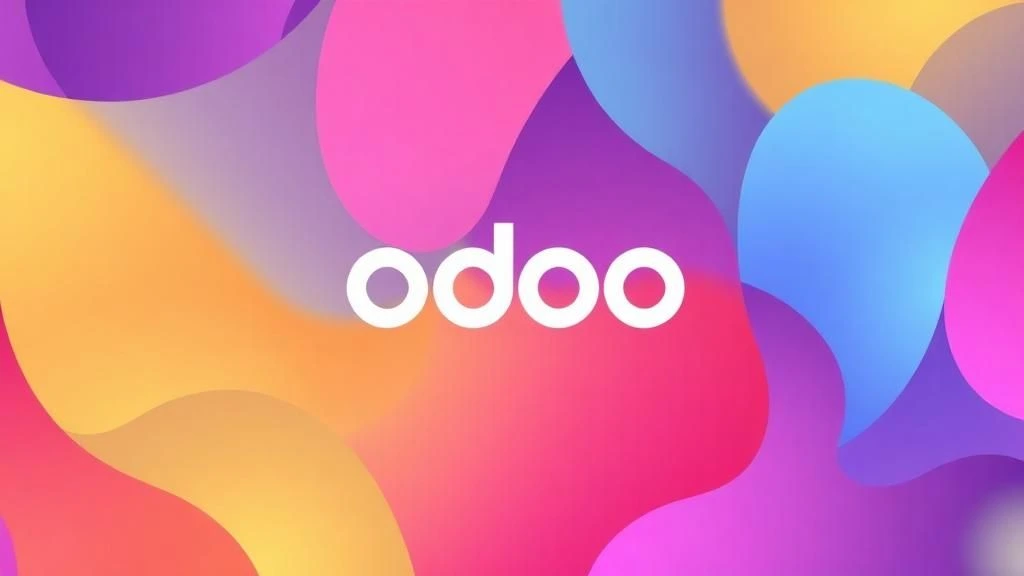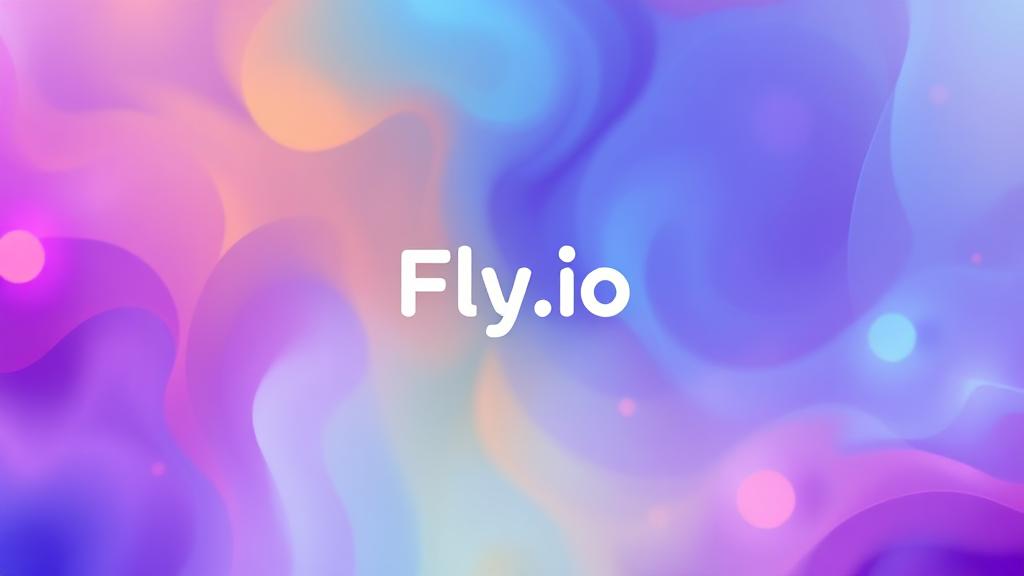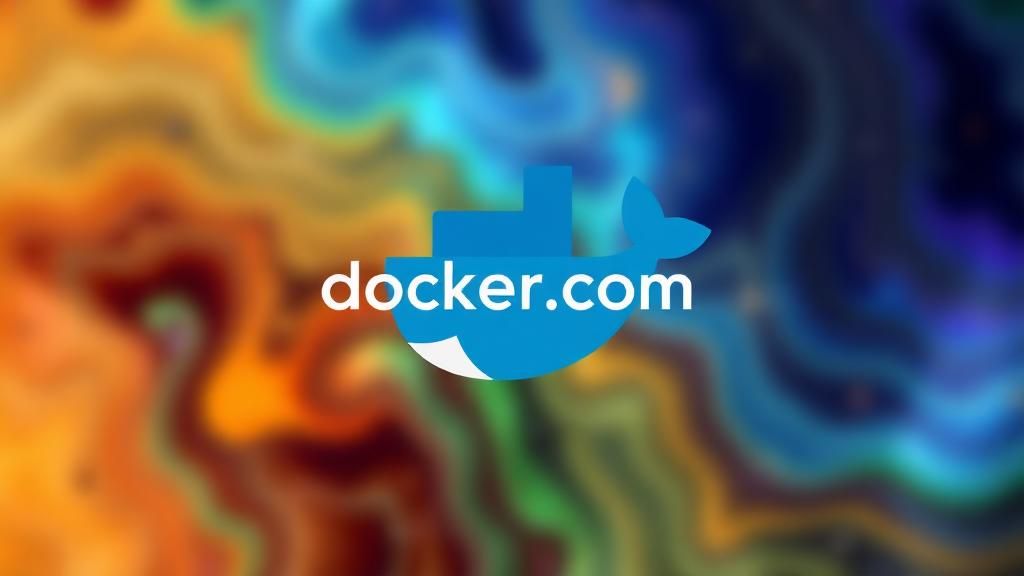Result for category: Technology

Deploy Odoo Application to Fly.io
Le's talk about Odoo deployment. It will be easy because ...

Running Odoo on Docker
Installing Odoo over Docker can be a smart choice because ...

Deploy Application Easily to Fly.io
For those of you currently using shared hosting to publish ...

Easy Way to Run Your Application Using Docker
Have you ever had trouble running an application on your ...
